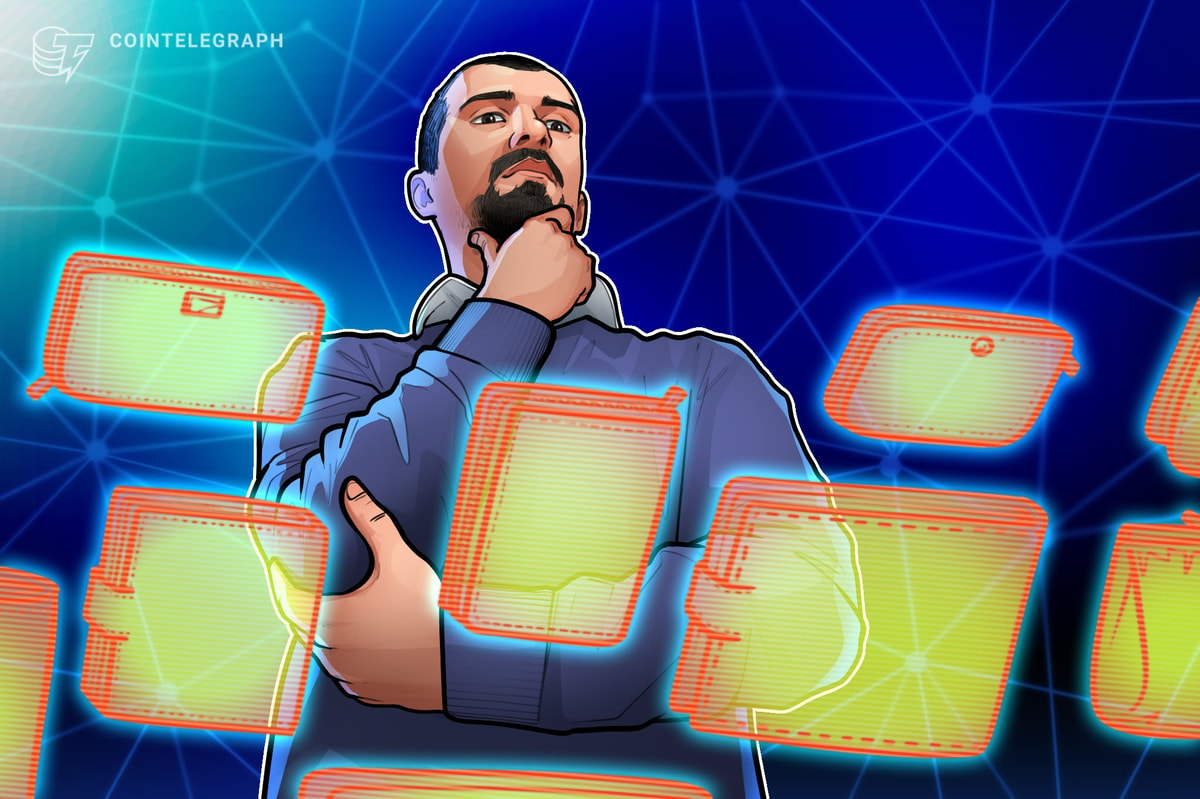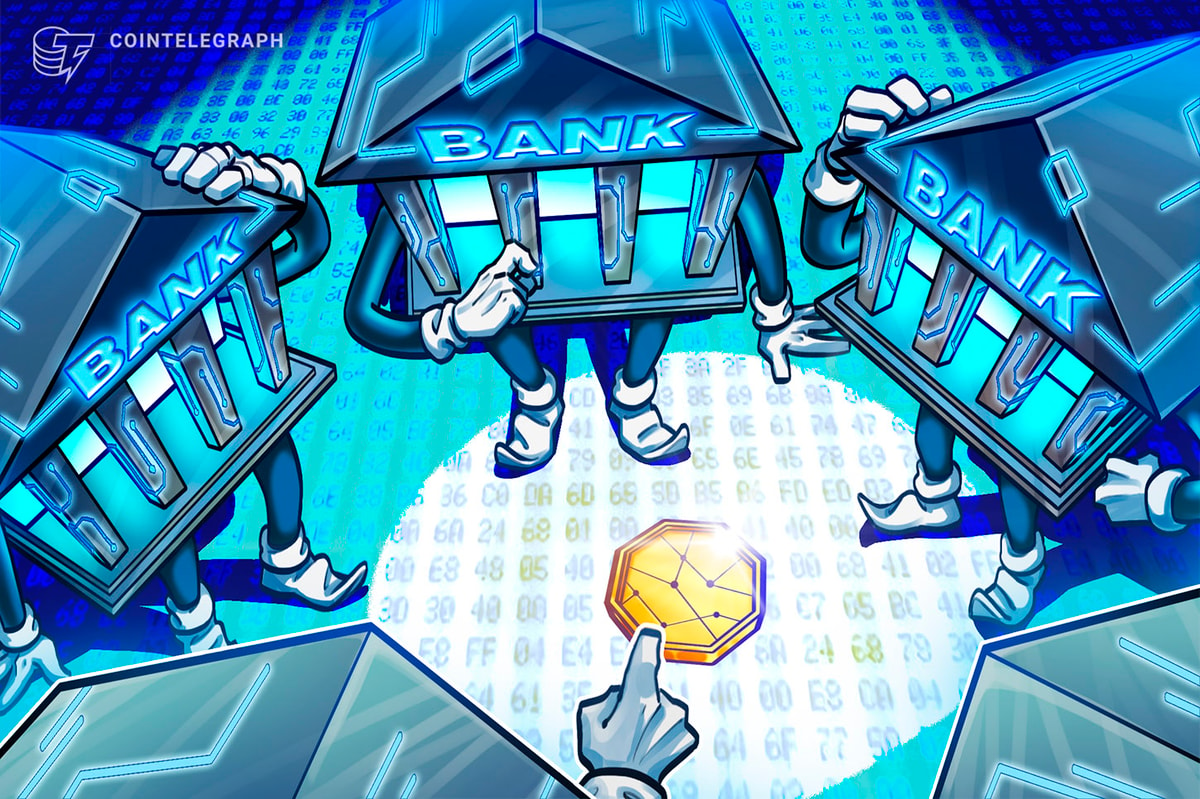The non-fungible token (NFT) market is gearing up for a wild ride, with projections estimating it will soar to over $3.3 billion in revenue and attract more than 16 million users by 2028. NFTs are verifiable representations of digital and physical goods that exist on a blockchain.
Unlike cryptocurrencies, which are interchangeable, NFTs are one of a kind, representing ownership of a specific item — be it digital art, music, collectibles or even virtual real estate. This uniqueness is what gives NFTs their value and appeal.
From famous brands to prominent artists, NFTs have quickly gathered an audience that exceeds blockchain and crypto chambers.
Fraudulent activities threaten the NFT market
However, the NFT market’s rapid expansion has also opened the door to bad actors. Alongside the legitimate participants, fraudulent activities have proliferated the space, highlighting the lack of clarity.
Take the infamous rug pull scams, for example. These schemes lure investors with big promises only to disappear once the money is in the bank. The “Evolved Apes” NFT project serves as a stark example of this, where the creators disappeared with $2.7 million worth of Ether (ETH), leaving investors in the dust.
Similarly, the “Frosties” NFT project ended in a rug pull, leading to the arrest of the founders by the Department of Justice on charges of fraud and money laundering.
Scams within the NFT market aren’t limited to rug pulls. Pranksy, a well-known NFT collector, fell victim to a scam when he was duped out of over $300,000 by a fake NFT auction purportedly associated with famous artist Banksy. Although he managed to recover most of his funds, it was a stark reminder that the NFT landscape can be treacherous, even for the most experienced players.
A joint research from the University of Texas and the University of California further emphasizes the scale of the problem. Their analysis of 823 NFT projects revealed that 300 were fraudulent, illustrating just how widespread these scams have become.
In light of these issues, it’s worth noting that NFT sales volume tumbled by 54% in May 2024. This decline highlights an urgent need for initiatives to help investors distinguish between good and bad actors in the NFT space, ensuring the market remains a viable and trustworthy environment for all participants.
Trust mechanism for NFT creators
In response to the growing concerns over fraudulent activities in the NFT space, data ownership protocol Itheum has developed a solution that aims to bring greater transparency and trust to the market. At the heart of this innovation is the Liveliness mechanism, a system designed to differentiate between good and bad actors by leveraging the power of blockchain technology and crypto-economics.
Liveliness functions as a score that each Data NFT creator can earn by bonding a certain amount of the platform’s native ITHEUM tokens. Made popular by Itheum, Data NFTs are unique digital assets that represent tokenized data, allowing individuals to own and trade data in a secure, verifiable way.

Liveliness scores help users make informed decisions before buying a Data NFT. Source: Itheum Protocol
To participate, creators must lock their tokens for a minimum of three months, during which their Liveliness score starts at 100% and gradually decreases as time passes. It’s important to clarify that the decrease in Liveliness does not reduce the creator’s original ITHEUM bond. It’s simply an onchain calculation that reflects the time remaining until the bond expires.
Visible in Itheum’s Data NFT marketplace and other NFT marketplaces that integrate the Liveliness score, this score acts as a dynamic indicator of the creator’s ongoing commitment and activity within the ecosystem, helping potential buyers assess the reliability of the NFTs they are interested in.
The bonding mechanism behind Liveliness is straightforward yet effective. When a creator wishes to mint and trade their data as a Data NFT, they first need to bond ITHEUM tokens. This bond secures their participation and charges their Liveliness score.
The higher the score, the more trustworthy the creator appears to the public. If a creator maintains their Liveliness by renewing the bond before it expires, they can continuously demonstrate their commitment, reinforcing trust in their offerings.

Creators can renew their Liveliness score with a single click, restoring it to 100% by rebonding for the full period. Source: Itheum
The Liveliness system is overseen by the Protocol Curation DAO, a decentralized autonomous organization (DAO) that monitors the ecosystem for bad actors. The DAO has the power to slash bonds if malicious behavior is detected, adding an extra layer of security and community-driven accountability.
The Liveliness system also functions as Itheum’s native staking module, where real yield from the protocol is redistributed to users as staking rewards relative to their “Liveness” scores, further incentivizing engagement and reputation building by participants.
New tools for building credibility and stability
In addition to Liveliness, Cointelegraph Accelerator participant Itheum Protocol introduces the NFMe ID Vault Data NFT — a unique asset that enhances the utility and relevance of NFTs within the ecosystem. These assets start as empty digital containers but can gradually be filled with various data sets, such as risk assessments, wallet profiles and user behavior. Users can bond additional ITHEUM tokens to these NFTs, further increasing their Liveliness score and staking more toward their credibility. Those who want to mint an NFMe ID Vault Data NFT to gain a Liveliness Web3 Reputation and automatically generate staking rewards can use the following link: https://datadex.itheum.io/NFMeID
To encourage participation, Itheum Protocol has also integrated BiTz XP into the ecosystem. BiTz XP refers to experience points that users can earn through various activities, such as daily check-in games that function as “proof-of-activity,” community testing events or Data NFT purchases from the Itheum Data NFT Marketplace. These points can be converted into ITHEUM tokens that get topped up as Liveliness to further signal their onchain activity, encouraging active participation and providing users with a tangible reward for their engagement.
The introduction of these features has a profound impact on the Itheum ecosystem. The platform promotes stability and growth by increasing the number of Data NFTs in circulation and locking ITHEUM tokens toward reputation and credibility. More importantly, it establishes a model for how NFT markets can evolve to prioritize trust, transparency and user empowerment.
As the NFT industry grapples with issues of fraud and trust, Itheum Protocol’s advancements offer a glimpse into a future where technology enhances the value of digital assets and ensures that these assets are traded in a secure, reliable environment. This vision extends beyond the Itheum Protocol, setting a precedent for the broader industry to adopt similar mechanisms that protect users and promote a healthier marketplace.
Disclaimer. Cointelegraph does not endorse any content or product on this page. While we aim at providing you with all important information that we could obtain in this sponsored article, readers should do their own research before taking any actions related to the company and carry full responsibility for their decisions, nor can this article be considered as investment advice.











